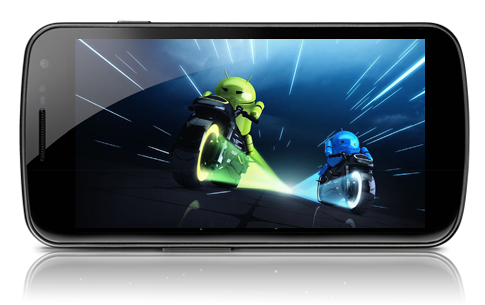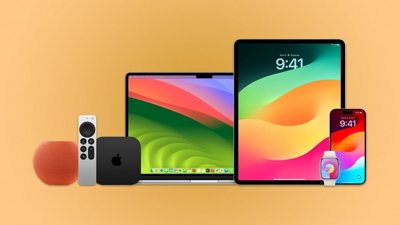Samsung Galaxy Nexus screen held back by subpar subpixels
The Galaxy Nexus features a display branded "Super AMOLED" by Samsung, which is less than the "Super AMOLED Plus" screen featured on the already-available Galaxy S II smartphone. The removal of "Plus" from the name references that the screen uses a cheaper PenTile OLED, despite the fact that it has more pixels per inch, according to FlatPanelsHD.
The less expensive panel on the Galaxy Nexus means that individual pixels must share subpixels on the screen, which undercuts the 315 pixel-per-inch density of the Galaxy Nexus display.
"A PenTile OLED panel was recently introduced with the Samsung Galaxy Note, and we were not impressed," the site said. "In real world PenTile means loss of details and sharpness, as well as a bluish/greenish tint around letters (depending on the background color)."
By calculating the "real" pixel density of the display with the PenTile subpixel sharing, the Galaxy Nexus is said to have a pixel-per-inch number of about 200, which is just slightly higher than the Super AMOLED Plus screen on the Galaxy S II.
"So, the HD Super AMOLED display in the new Galaxy Nexus is not as awesome as it sounds — unfortunately," author Rasmus Larsen wrote. "And the reason that people do not call it a Retina display should seem much more obvious to you now that you know the underlying technical architecture."
The pixel density numbers of the Galaxy Nexus are also affected by the fact that the new flagship Android device has a large 4.65-inch screen to fill. For comparison, the iPhone 4S and iPhone 4 feature a display more than an inch smaller diagonally, at 3.5 inches.
Apple made the term "Retina Display" part of its marketing with the launch of the iPhone 4 in 2010. The name was chosen because Apple says the individual pixels are so small and densely packed that they cannot be seen by the human eye. The iPhone 4 and its follow-up, the newly released iPhone 4S, feature a pixel-per-inch density of 326.
There were rumors that Apple's latest iPhone would sport a slightly larger screen, running edge-to-edge on a device with about the same size as the iPhone 4. But those rumors proved to be false, as the iPhone 4S sports the same form factor and same display as the iPhone 4.
Rumors have suggested that Apple will bring its branded Retina Display to the iPad with its third-generation model starting in 2012. One report claimed the new high-resolution displays are 2,047 by 1,536 pixels packed into the same 9.7-inch screen size as previous iPad models.
Rather than embrace AMOLED screens like many Android device makers, including Samsung and its new Galaxy Nexus, Apple has instead chosen to stick with LCD screens for its Retina Displays. Those LCD screens feature in-plane switching (IPS), which allow for picture and color accuracy at extreme viewing angles.
 Slash Lane
Slash Lane











 Malcolm Owen
Malcolm Owen
 Amber Neely
Amber Neely

 William Gallagher
William Gallagher


 Andrew Orr
Andrew Orr
 Christine McKee
Christine McKee






